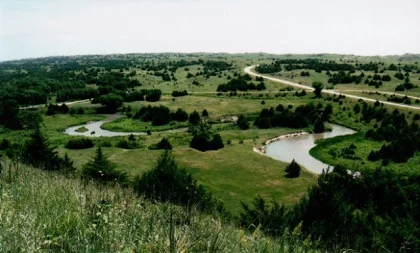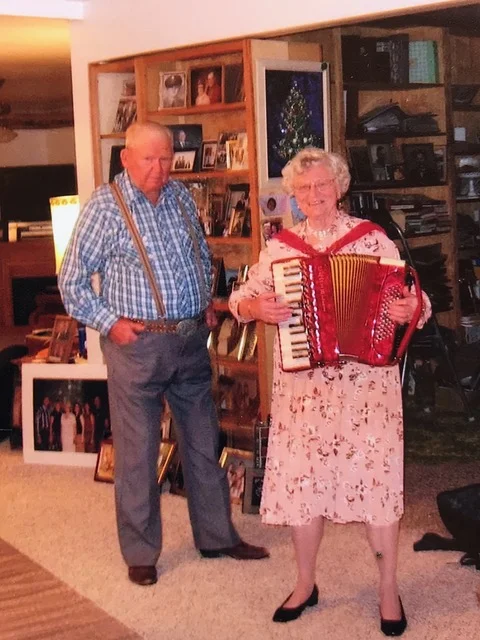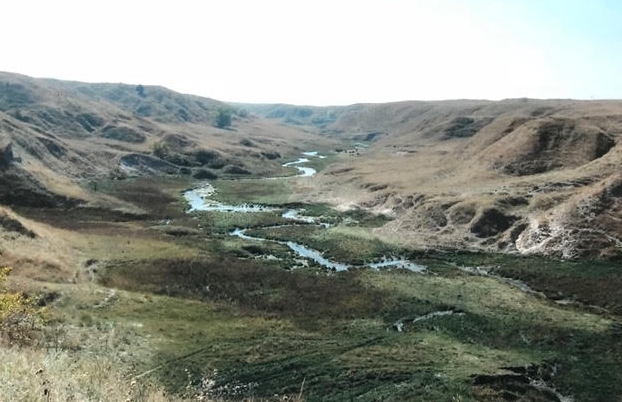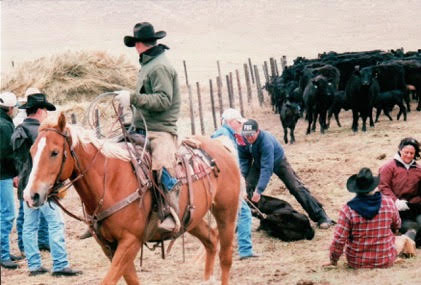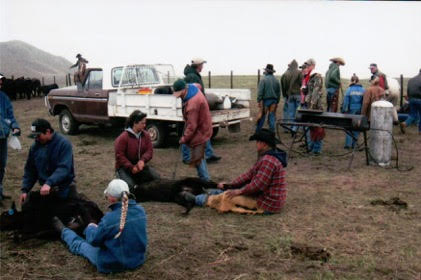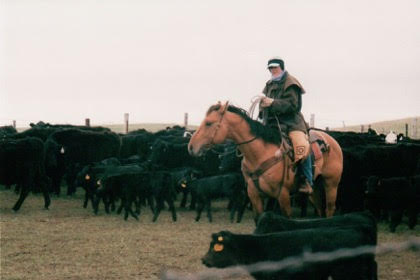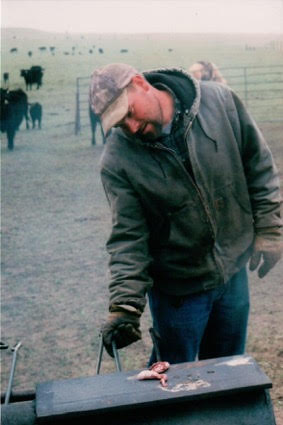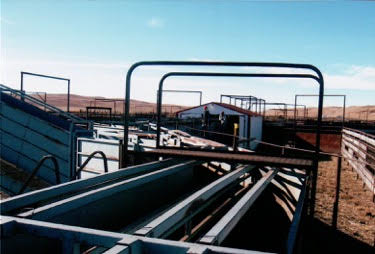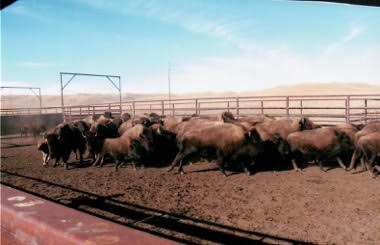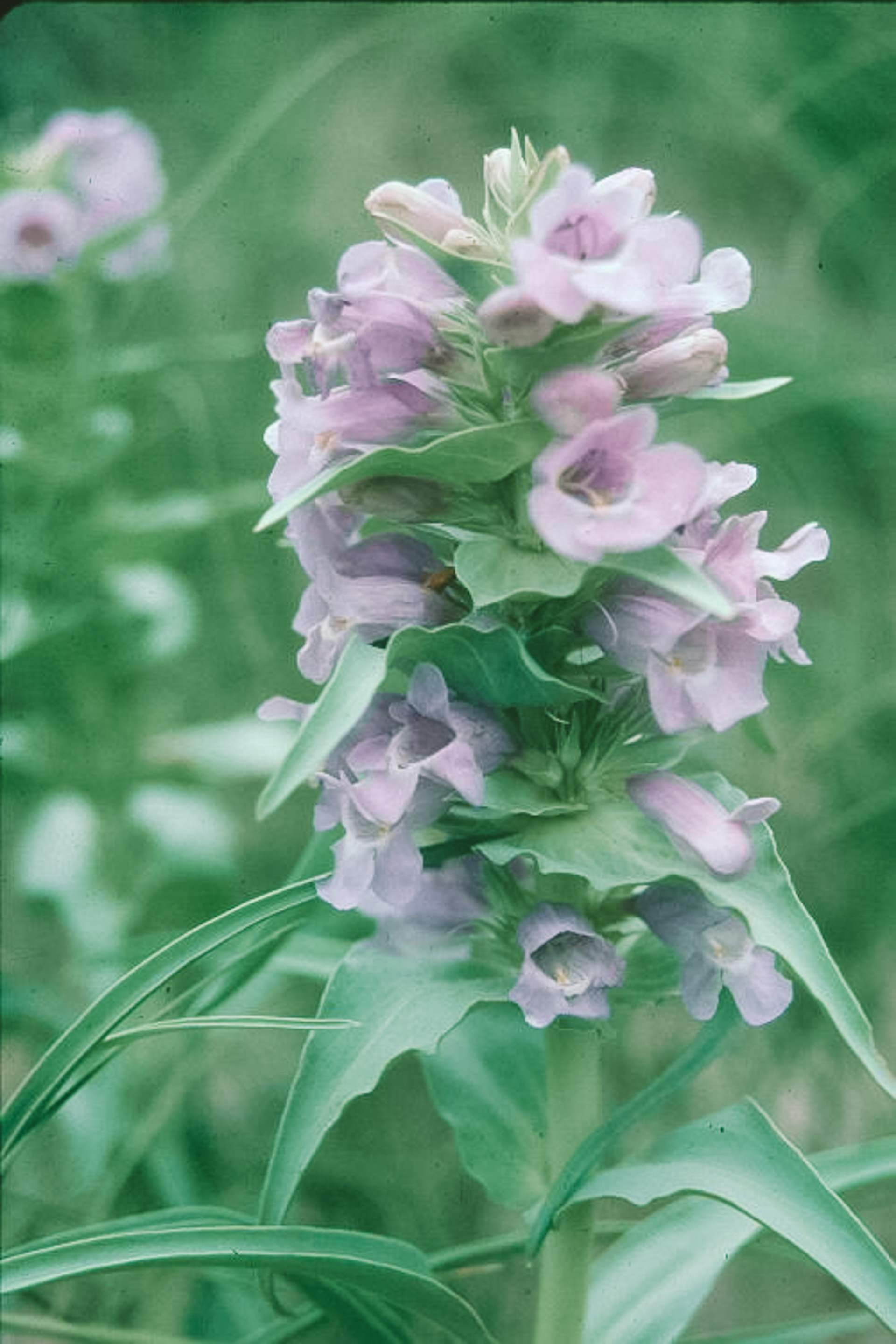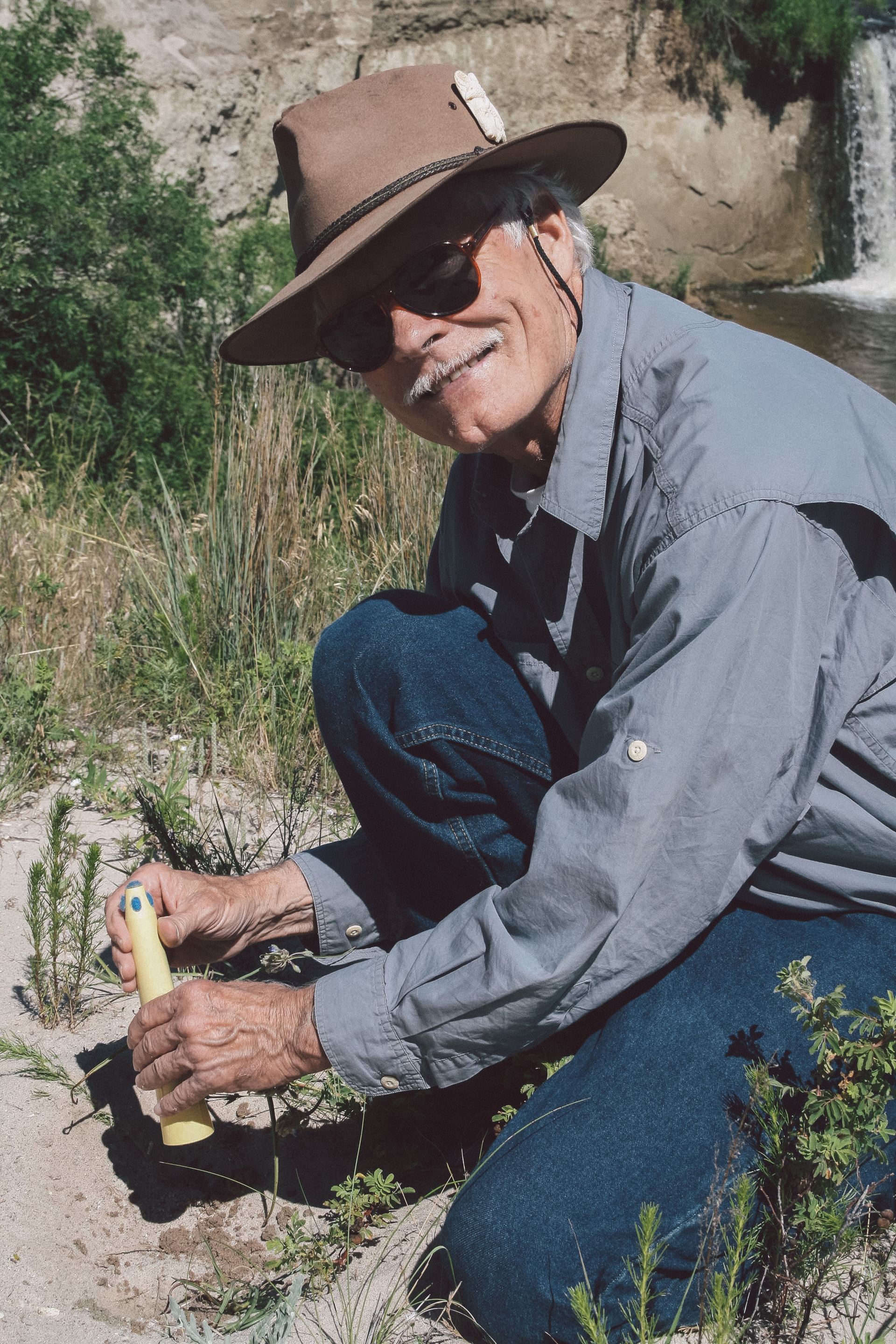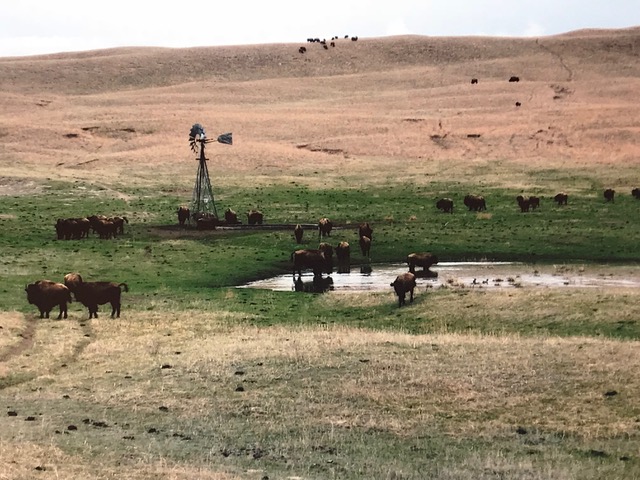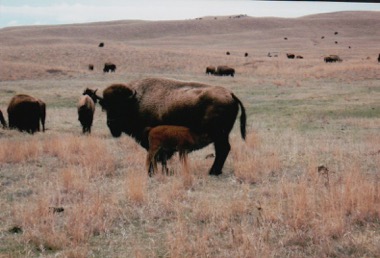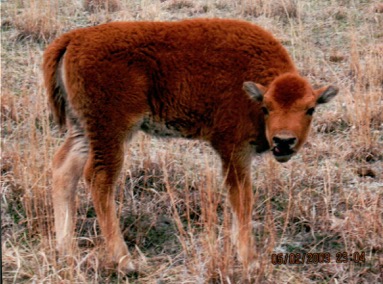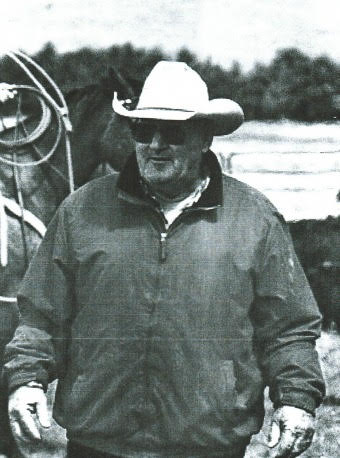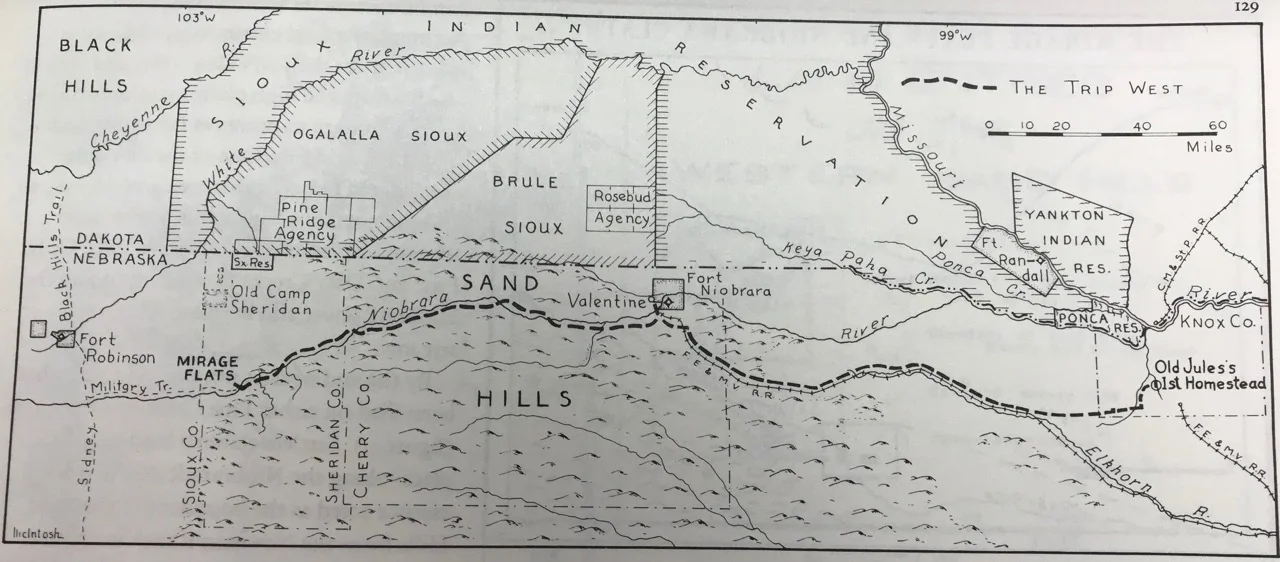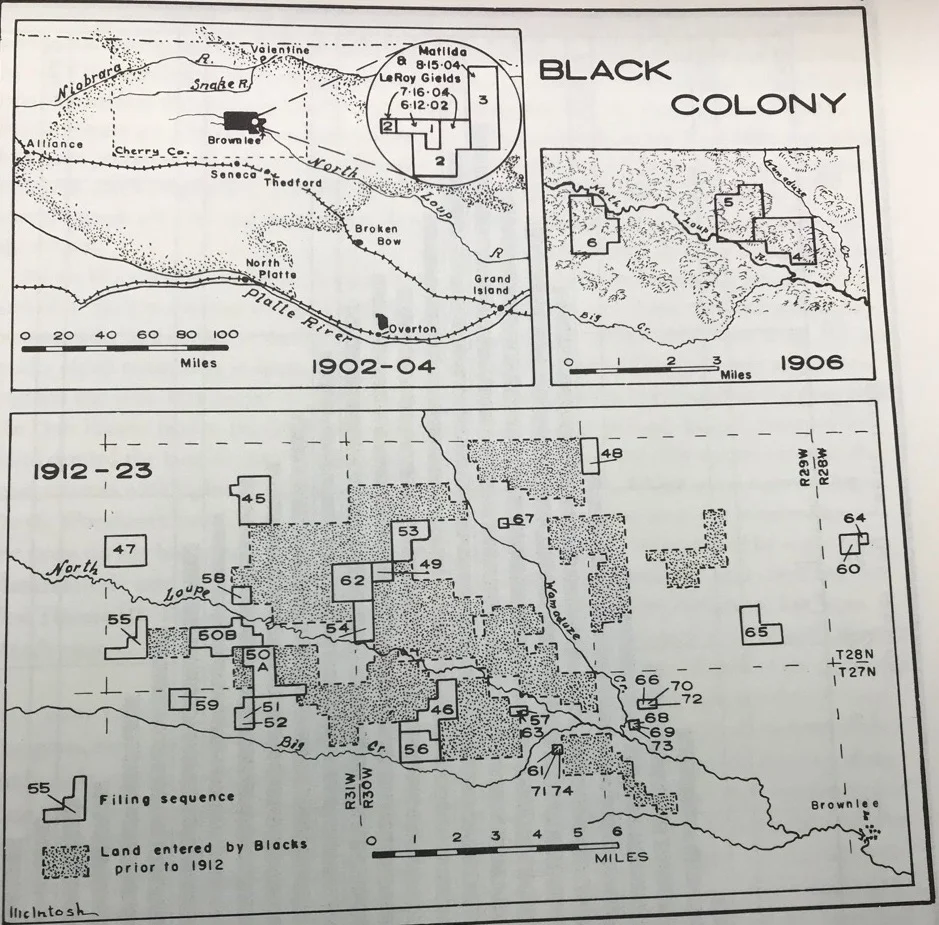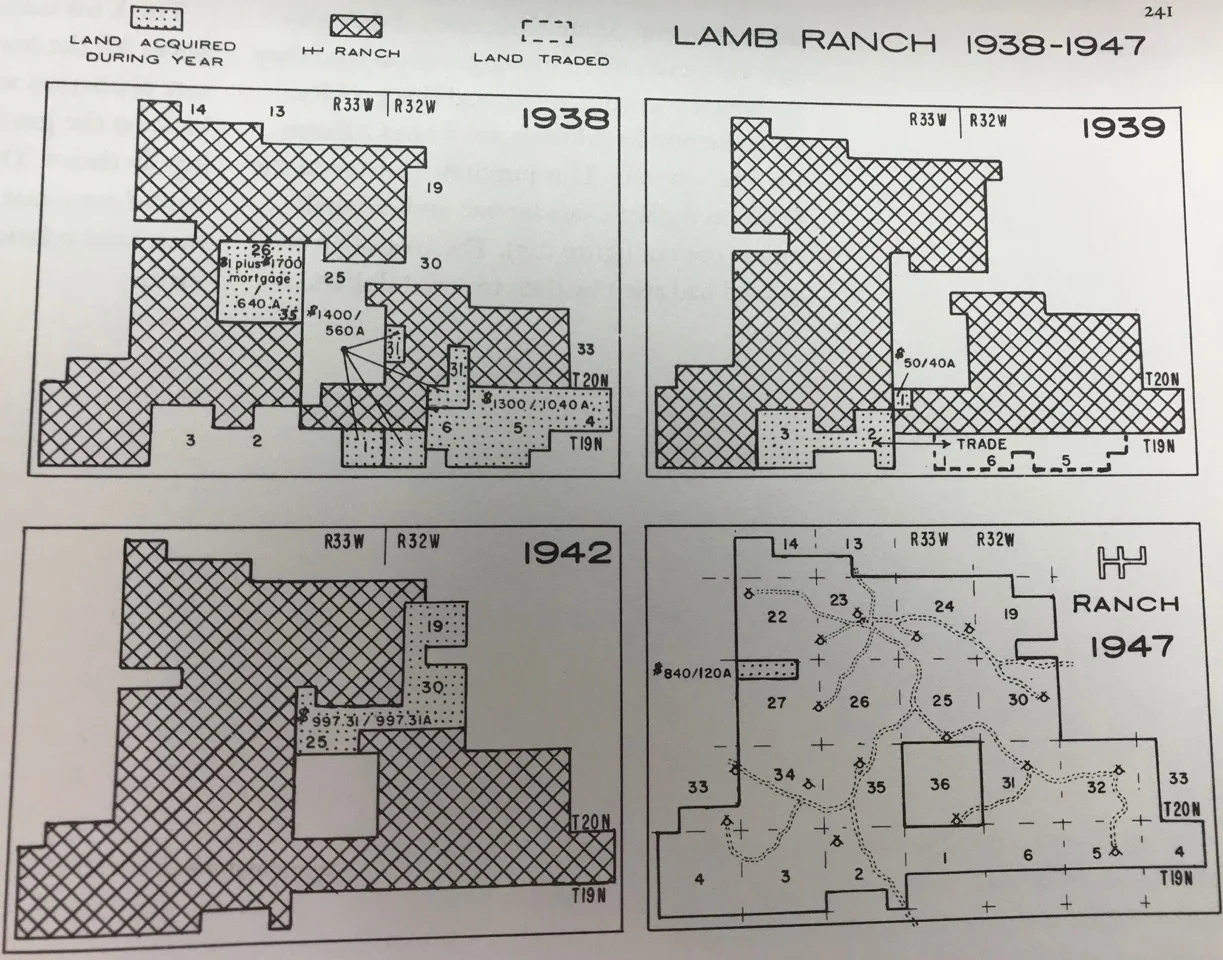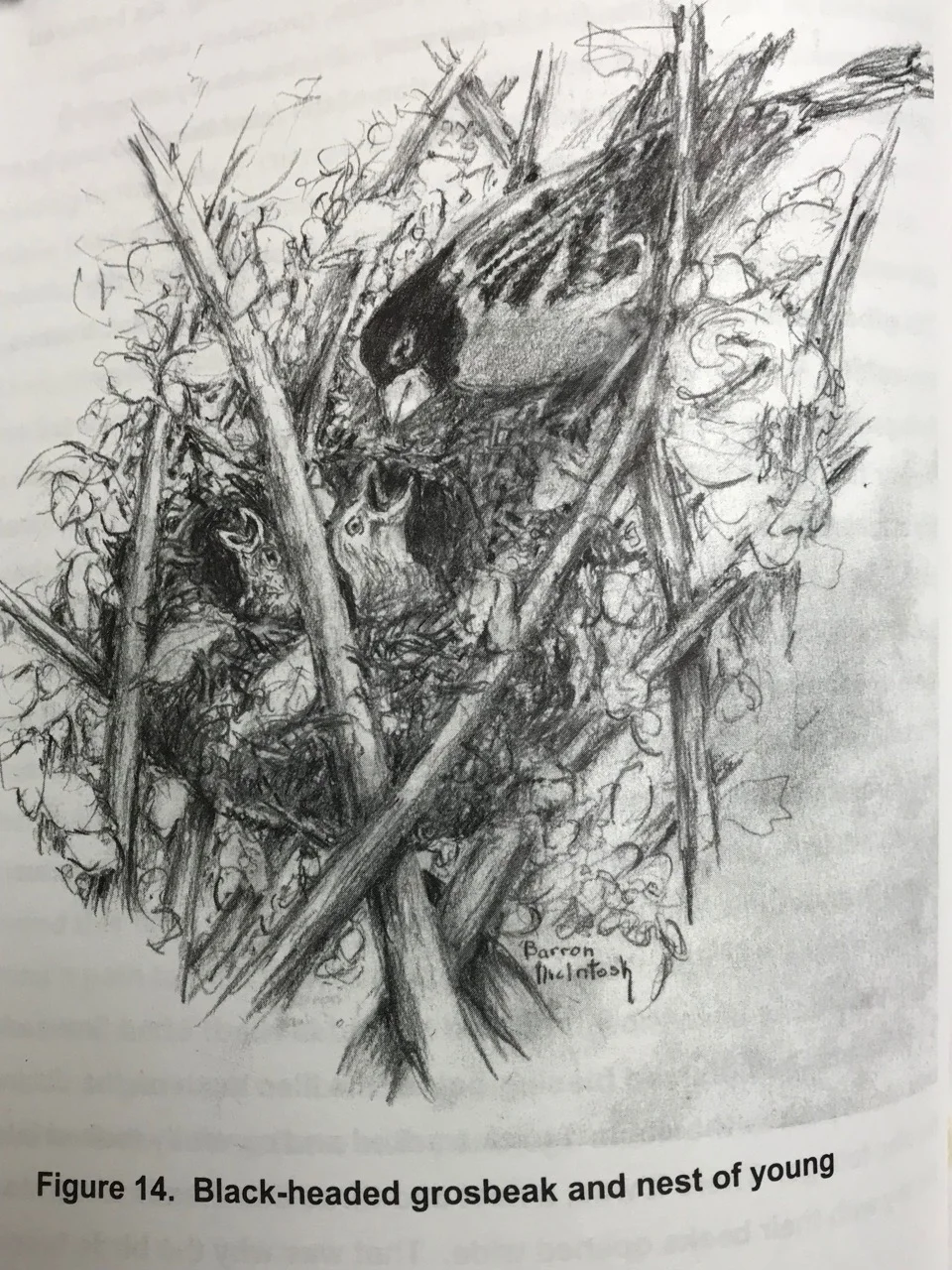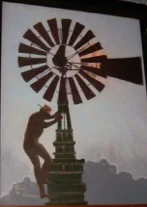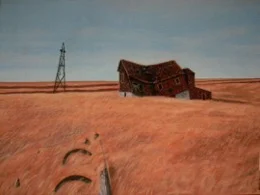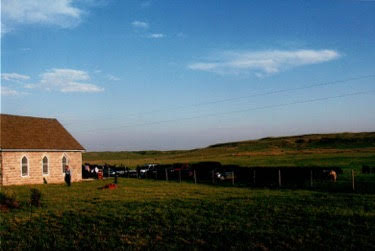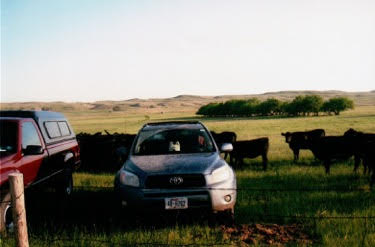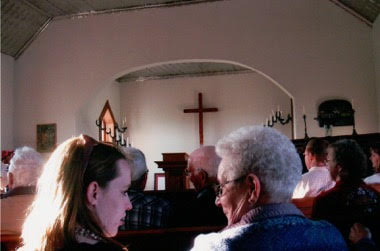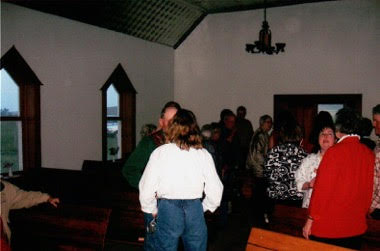"North of the Platte, South of the Niobrara is an enormous pleasure, pairing as it does Bryan Jones’ perceptive and persistent writer’s eye and attentive ear with stories from the heart of the plains, the Nebraska Sand Hills.
Just a page or two of any Bryan Jones' books reminds me why I’m a reader – I’m a sucker for great storytelling. North of the Platte, South of the Niobrara couples Jones’ crisp, clear, sometimes tongue-in-cheek style with the grit he’s gleaned from the Sand Hills. The result is a unique and unqualified treat.
At the heart of North of the Platte, South of the Niobrara are the self-told stories of the region’s residents – ranchers, schoolteachers, bull riders and veterans – and of the historians, scientists and poets who’ve traveled and loved its rivers and dunes. This place, these voices, related to us in carefully chosen, but audacious language by master storyteller Bryan Jones, compose a vivid mosaic of one of the most iconic regions in the Western Hemisphere.
In North of the Platte, South of the Niobrara Bryan Jones pulls off the nifty trick of telling the story of a place by relaying the stories of those who’ve loved it whether they call it home or merely travel through. Here, as in his earlier books, Jones’ telling revels in voice and detail. Those of us who love the Sand Hills owe him a great debt."
J. V. Brummels, author of Frontpew@paradise and Book of Grass
Foreword by Linda M. Hasselstrom, rancher, poet and author of 17 books, including Going Over East, and her most recent, Gathering from the Grassland: A Plains Journal.
Excerpts and Outtakes
Dismal River - A kayak trip down one of the more frustrating rivers in North America. - Page 15
We call it the divorce river, because we've known several couples who split the sheets after one trip.
--Denver kayaker
Dismal River south of Stapleton
McMurtrey Ranch Auction - A back row seat to the purchase of the McMurtrey Ranch by Ted Turner. - Page 22
I don't want to own every ranch, I just want to own the ranch next door.
--Ted Turner, quoted in Fortune Magazine
Powerpoint presentation prior to the McMurtrey Ranch auction
A Kinkaider Comes and Stays - The story of the formation and dissolution of the McMurtrey Ranch and the heirs who just couldn't get along. - Page 29
"Forty miles to water, thirty miles to wood, twenty
miles to hell, and I’ve gone there for good."
--Inscription left behind by a disgruntled homesteader, quoted by Mari Sandoz in Great American Desert
Sign at the McMurtry Ranch
Winter School - A winter visit to a one-room, multi-grade school a mile east of the McMurtrey and the story of Celia Sandoz's experiences with her pupils during the severe winter of 1948-49 at a school a few miles to the west. - Page 48
To My Niece, Celia,
daughter of Young Jules, who, with her pupils,
was lost and found in the blizzard of 1949.
--Mari Sandoz, Dedication to Winter Thunder
Flagpole at Taylor Lake school
Celia's Kitchen - The story of the Sandoz clan after family patriarch Old Jules Sandoz died, including what happened to sons James, Fritz and Young Jules and daughters Mari, Flora and Caroline. - Page 63
Heidi's got some hillbilly blood in her. She wants to ranch.
--Celia Sandoz Ostrander Barth
Celia Sandoz Ostrander Barth plays her prized Swiss accordion in her living room while husband Lyle looks on
Mr. Water - Jim Goeke, the UNL hydrologist who knows more about the Ogallala aquifer that anyone living or dead, explains what lies under the Sand Hills. - Page 79
If there is magic on this planet it is contained in water.
--Loren Eiseley -- The Flow of the River
The headwaters of White Tail Creek northeast of Lake McConaughy flowing from the top of the Ogallala aquifer
The Dune Guy - UNL geologist and dune expert Jim Swinehart explains the origins and physical history of the Nebraska Sand Hills. - Page 87
I remember thinking about it, looking at those dunes and thinking, boy!
Those dunes look pretty fresh. You don't see much in the way of gullies.
--Jim Swinehart
"Good Grass" Courtesy of Robert Brummett, Lewellen, NE. ©2009, taken on the Sutton Ranch near the border of Grant and Garden Counties
Celia's Branding - A front row seat at a typical Sand Hills neighborhood branding on the ranch of the niece of Mari Sandoz. - Page 100
Banking was a job. This isn't a job.
--Heidi Ostrander Terrell
The branding crew heads into Celia's pasture to gather cows and calves
November Visit to the Spike Box - Ted Turner's Spike Box crew engaged in the fall chores of pregnancy testing, culling and sorting. - Page 122
Lone bison at dawn on the Spike Box
Blowout Penstemon - The efforts of one persistent range scientist to bring the blowout Penstemon back from near extinction. - Page 135
You see this big blowout.
You hike up the dune and there's this little bitty bluish penstemon.
And it's already beginning to firm up the sand, heal that gap.
It'll take him quite a while to heal it, but you can watch it happening,
Just a little bitty flower sitting in the middle of 20,000 square miles of Sand Hills.
--William Kloefkorn, Nebraska State Poet
Blowout Pentstemon healing blowout on the Spike Box
Photos courtesy of Dr. James Stubbendieck, UNL professor of Grassland Ecology and former director of the Center for Great Plains Studies.
May Visit to the Spike Box and Wood Lake. Observing 3,000 bison during calving season. - Page 155
South herd during calving season
Mormon Cows and the Battle of Blue Water - A visit to the site of the Battle of Blue Water, a battle which drastically altered the subsequent conflict between the army and the Sioux. - Page 164
"It will be an expensive cow."
--Senator Sam Houston - speech to the United States Senate January 31, 1855
Site of the Battle of Blue Water Creek
Bull Riders - Portraits of two Sand Hills bull riders who competed long before million dollar purses and private jets. -Page 186
You'd better be square with the bull.
--Rich Boots
Photos courtesy of the Nebraska Sandhills Cowboy Hall of Fame
Renaissance Man - The story of UNL geographer Charles Barron McIntosh, who knew more about every aspect of the Nebraska Sand Hills than anyone before or after him. - Page 194
To claim that Barron Mcintosh is an expert on the Nebraska Sand hills is rather
like noting that Michael Jordan is an expert on basketball.
--John C. Hudson, Northwestern University
"Buffalo Bruce" McIntosh, C. Barron McIntosh's son, leading the way to the Halsey Aspen Grove north of the Dismal River
C. B. McIntosh's map of Old Jules Sandoz's journey from his Verdigre homestead to Mirage Flats
C. B. McIntosh's land patent map of the Black Colony near Brownlee
C. B. McIntosh's land patent map showing the expansion of the Lamb Ranch
Examples of C. B. McIntosh's artwork
Dry Valley Church - Memorial Day services at the Dry Valley Church, founded by Kinkaiders and stubbornly devoid of either running water or electricity. - Page 207
No sinner is ever saved after the first twenty minutes of a sermon.
--Mark Twain
Memorial Day services at the Dry Valley Church

